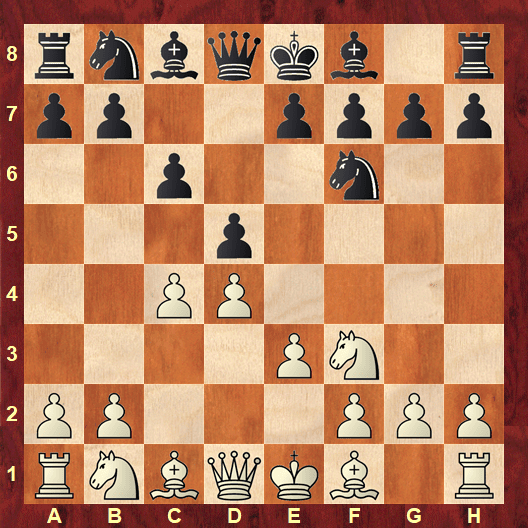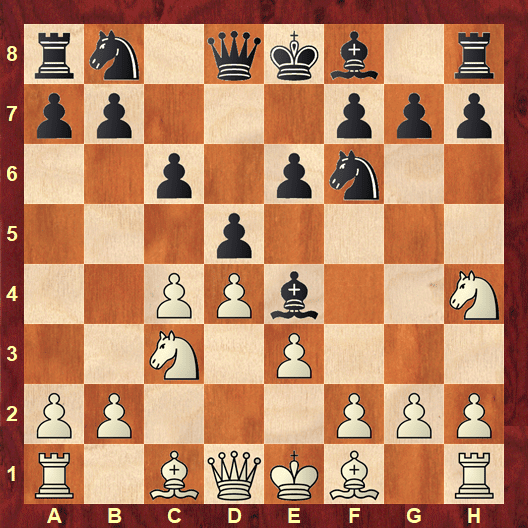The so-called Slow Slav appears after the moves 1.d4 d5 2.c4 c6 3.Nf3 Nf6 4.e3.

With his last move White defended the pawn on c4, thus preventing the Classical Slav after 4.Nc3 dxc4.
White also postponed the development of the knight on b1, so a possible development on d2 is possible. The drawback of this flexibility is the early closing of the dark-squared bishop.
Black can react in more than one way, given the non-forcing nature of the position.
In 2008, when Vishy Anand was preparing for his title match against Vladimir Kramnik, his team decided that the Slav was going to be Anand’s main defence against 1.d4. Therefore the Slow Slav was one of the options they had to consider. As it was later found out, they intended to meet it with 4…Bg4 and in case of 5.h3 their intention was to take on f3, leading to solid play for Black.
The curious point here is why the Slow Slav didn’t happen in the match. The reason was that Kramnik was worried about the lines after 5…Bh5, lines that Anand didn’t even intend to play!
These are the hidden intrigues of match preparation that only come to light in the years after the fact, when it’s already too late.
Another option for Black is the move 4…Bf5, which was used by Vladimir Kramnik himself in the match with Veselin Topalov in 2006. After 5.Nc3 e6 6.Nh4 White again obtains the bishop pair, while Black is guaranteed the solid position he aims for.
The third option for Black is 4…e6, aiming for the Semi-Slav. But it is here that White’s flexibility comes to the fore, as he can play 5.b3, 5.Bd3 and 5.Nbd2, which are attempts to avoid the usual Semi-Slav positions.
The fourth option is the move. 4…a6, the Chebanenko Slav where Black plays a useful move that prepares …b5 and lets White show his cards how to develop next.
In the fourth round of the recently finished Grand Swiss, there were four (!) games that featured the Slow Slav.
In the game Wojtaszek-Giri Black chose Anand’s intended choice of 4…Bg4. Wojtaszek was on Team Anand in 2008 when Anand played the World Championship match against Kramnik.
Fast-forward to 2023 and here we see Wojtaszek on the white side of the line he prepared as Black in 2008!
In the game Niemann-Rapport Black went for Kramnik’s choice from his match with Topalov, 4…Bf5. White won the bishop pair in the way described above and the play was maneuvering and slow for a long time.
In the game Vidit-Shirov, Black also went for 4…Bf5, but after 5.Nc3 e6 6.Nh4 instead of the simple 6…Bg6 as played by Kramnik and Rapport, Shirov played his favourite move 6…Be4!?

The idea of the move is to provoke a weakening in White’s position with 7.f3 before retreating to g6. Black’s hope is that the loosening of White’s pawn structure would give him additional counterplay.
The fourth game that featured the Slow Slav was Vitiugov-Aravindh, which followed the game Niemann-Rapport.
The surprising development of all four games was that at some point White was winning in all four of them!
Soon after the queens were exchanged Wojtaszek could have blasted Giri in middlegame fashion by attacking the black king in the centre; Niemann won thanks to a miscalculation by Rapport just before the time-control; Vidit won after Shirov unknowingly followed a game played by his opponent previously and Vitiugov was winning first in the middlegame and then in the endgame, but misplayed it both times and the game was drawn.
The final score was 3-1 in White’s favour. So, how “slow” is the Slow Slav then?





